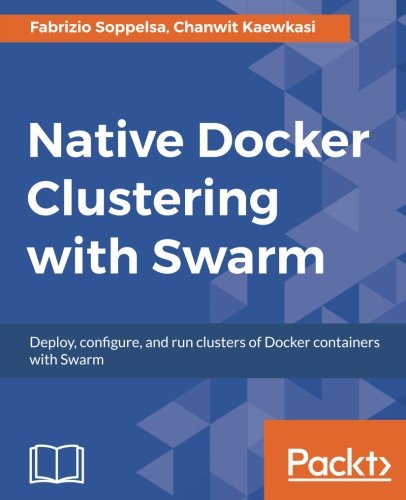Pages with tag Docker Swarm
- Avoid 'could not be accessed' error when deploying a Service to a Docker Swarm on AWS
- Creating a Docker Swarm using Multipass and Ubuntu 20.04 on your laptop
- Creating a Docker Swarm with Raspberry Pi Zero's for easy cluster computing
- How to share a Docker network between Stacks deployed to a Docker Swarm
- Using SSH to remotely control a Docker Engine or Docker Swarm in two easy steps
- Wordpress production deployment with Docker Compose









